Given the enduring stature of I. M. Pei and his buildings, it seems almost predestined that the Chinese American architect would reach his 100th birthday. To celebrate the occasion, we asked a group of leading figures in architecture to reflect on their favorite Pei buildings. The choices vary widely, from the Kips Bay Towers in New York to the seminal Louvre Pyramid in Paris.
12 Notables in Architecture Celebrate Their Favorite I. M. Pei Buildings
Today marks the legendary architect’s 100th birthday. David Adjaye, Peter Marino, and others pay homage to his work.
By Chloe Foussianes April 25, 2017
National Gallery of Art, East Building (1978), Washington, D.C.
“Gordon Bunshaft introduced modernism to the National Mall with the Hirshhorn, but it was Pei’s East Building that really paved the way for the use of new languages there. By introducing a new abstraction while still respecting the existing classical model, the East Building became a new kind of anchor on the mall. Ultimately, it set the precedent that allowed for the National Museum of African American History and Culture to take the form it did.”
—David Adjaye, principal, Adjaye Associates
“I worked with I. M. on the East Building for three years. During that period, I learned so much from the man I consider my mentor. I. M.’s initial conceptual sketch was a stroke of genius. It resolved every complexity.”
—William Pedersen, founding design partner, Kohn Pedersen Fox Associates
“The East Building was completed during my architecture studies at RISD, and to this day I’m very moved by Pei’s use of materiality, detailing, and layering of artistry in the building. The strong emotion I felt for the building’s geometric design pushed me to apply and subsequently start my architecture career with I. M. Pei & Partners. I will forever be grateful to Pei for the training, experience, and mentorship I received during those years.”
—Jeffrey G. Beers, founder and CEO, Jeffrey Beers International
“I was just in D.C. for the Women’s March and discovered that the newly renovated East Wing of the National Gallery was not only open, but its staff were practically sweeping the hungry, tired, and washroom-needy into its glorious lobby. The people were directed to the various toilets (the men’s rooms were converted to gender neutral bathrooms for the day), shown places to eat, and oh, yes, encouraged to look at the art, which was and is free and visible from the instant one enters. This is how architecture and institution are supposed to work—in precise alignment. It is a masterwork of architecture, and I had almost forgotten about it. I was doubly proud to be an American that day.”
—Charles Renfro, partner, Diller Scofidio + Renfro
“The East Wing of the National Gallery made a distinct impression on me as a young child. The building comes to life in its relentless exploration of triangular forms, and in dialogue with Calder’s monumental mobile. The beauty of the architecture is found both in the rigor of its structure and the activation by its sculptural inhabitant.”
—Stephanie Goto, principal, Stephanie Goto

Sheraton Denver Downtown Hotel (1960), Denver
“The 22-story block-long building was a pioneer: Combining a hotel, department store, parking, and public space, it was among the very first of its kind in an American city. Not surprisingly, it was the winner of the 1961 AIA National Honor Award. The precast concrete International Style building was forward-thinking for its time and still stands out on the streetscape—in a good way—more than fifty years later.”
—Spencer Bailey, editor-in-chief, Surface

Michael C. Rockefeller Arts Center (1969), Fredonia, New York
“The I. M. Pei project I know best is his work at the SUNY Fredonia campus, where we just completed a renovation and addition to the Rockefeller Arts Center. The I. M. Pei project that is my favorite is the East Building at the National Gallery of Art in Washington. I have loved it since it was built; it’s crisp, clean, smooth, and slightly mysterious.”
—Deborah Berke, partner, Deborah Berke Parnters; dean of the School of Architecture, Yale University
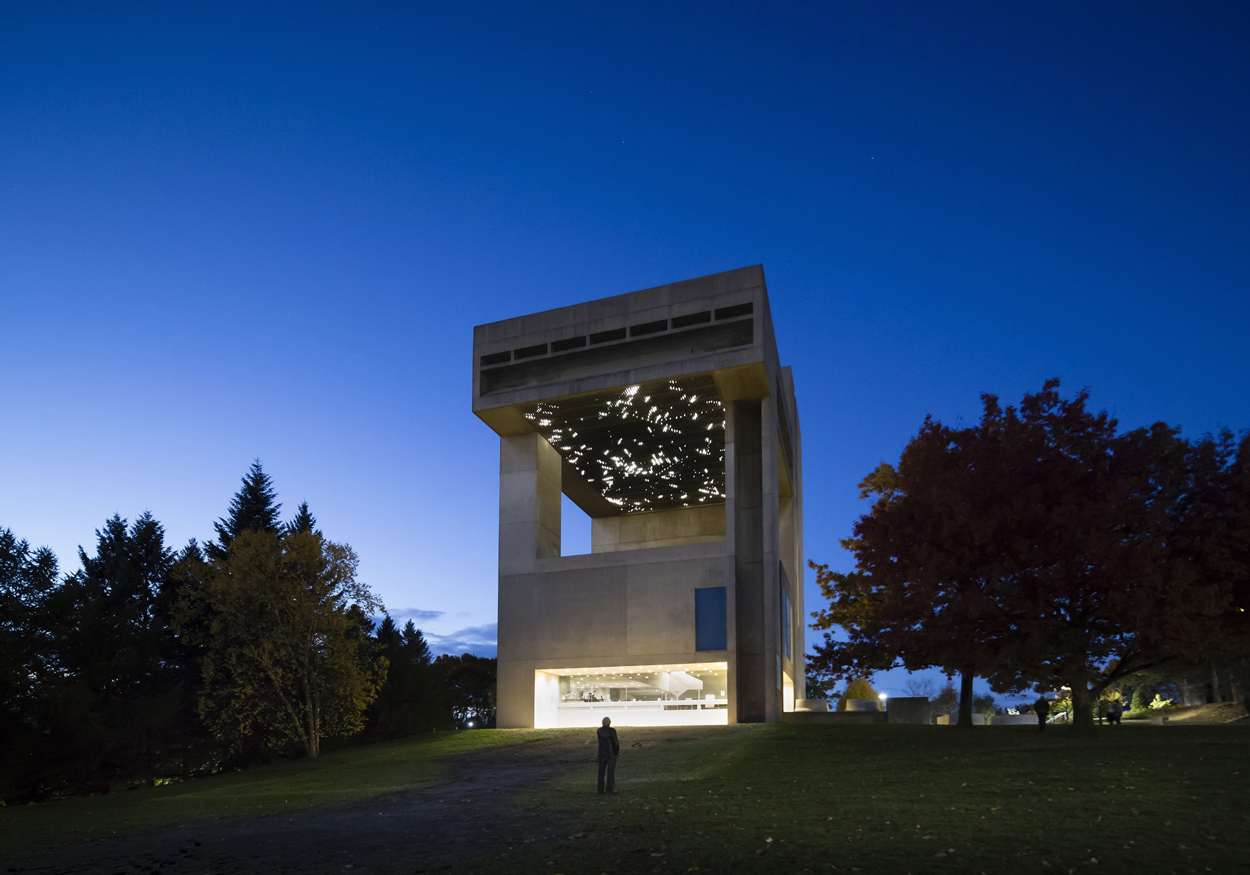
Herbert F. Johnson Museum of Art (1973), Ithaca, New York
“I love this building. It’s an elegant, provocative, and wonderful museum. Beautifully executed.”
—Brad Cloepfil, principal, Allied Works Architecture
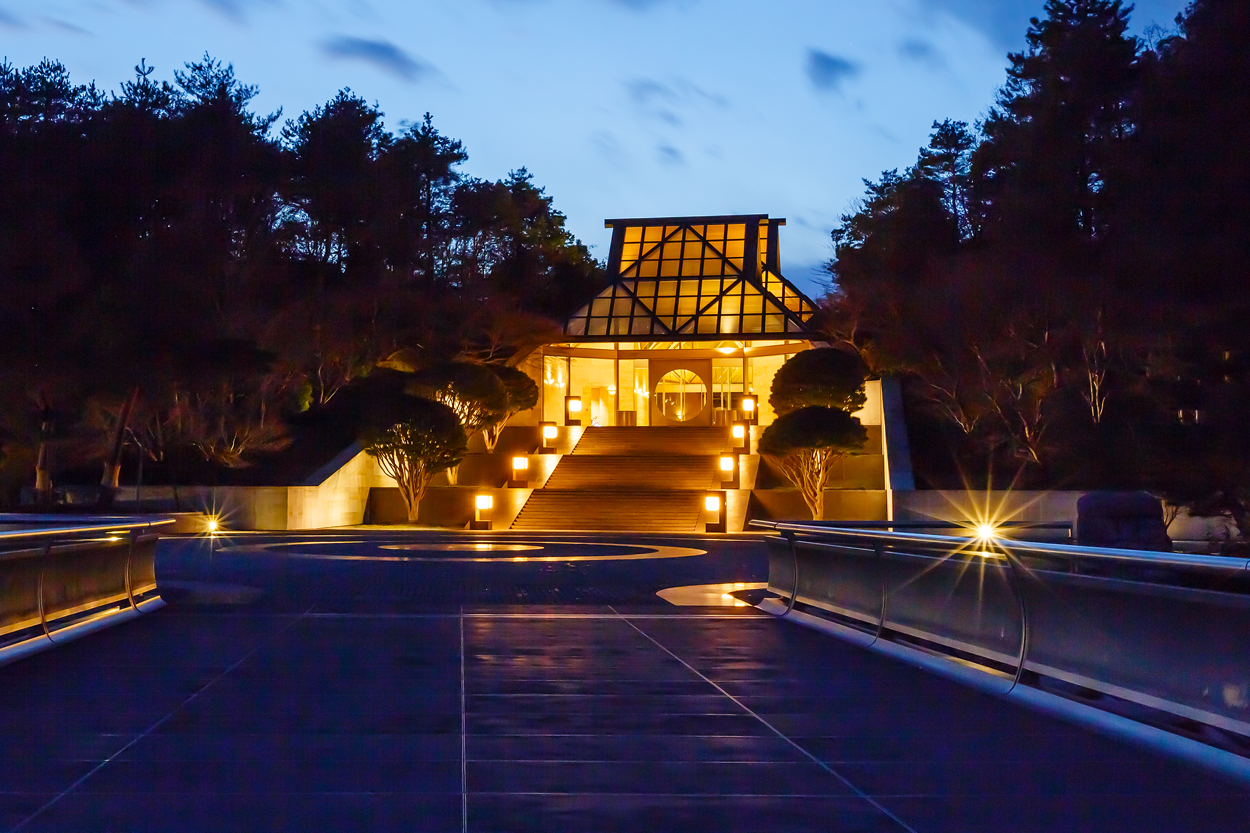
Miho Museum (1997), Shigaraki, Japan
“For me, the Miho Museum is I. M. Pei’s masterpiece. Through its insertion on the site and the ‘architectural promenade’ along it, the museum generates a series of distinctive experiences and moments, a synthesis of what architecture should be.”
—David Basulto, founder and executive editor, ArchDaily
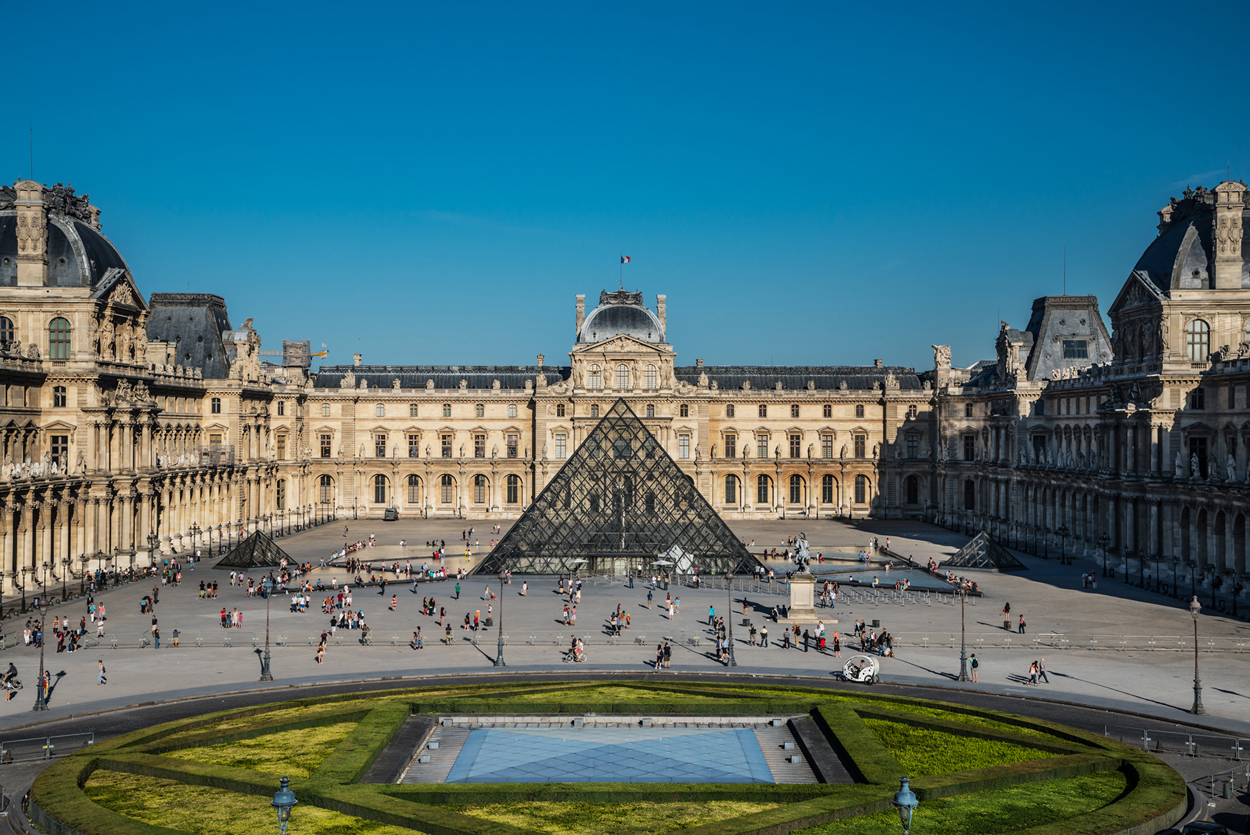
Grand Louvre Modernization (1993), Paris
“The Pyramid is an absolutely audacious structure that also now manages to feel inevitable. This project caused hysteria when it was proposed because it seemed incompatible with the existing 18th-century structures. But it is really quite brilliant in its simplicity and elegance and somehow this almost alien form actually salutes its context.”
—Roger Duffy, partner, Skidmore, Owings & Merrill
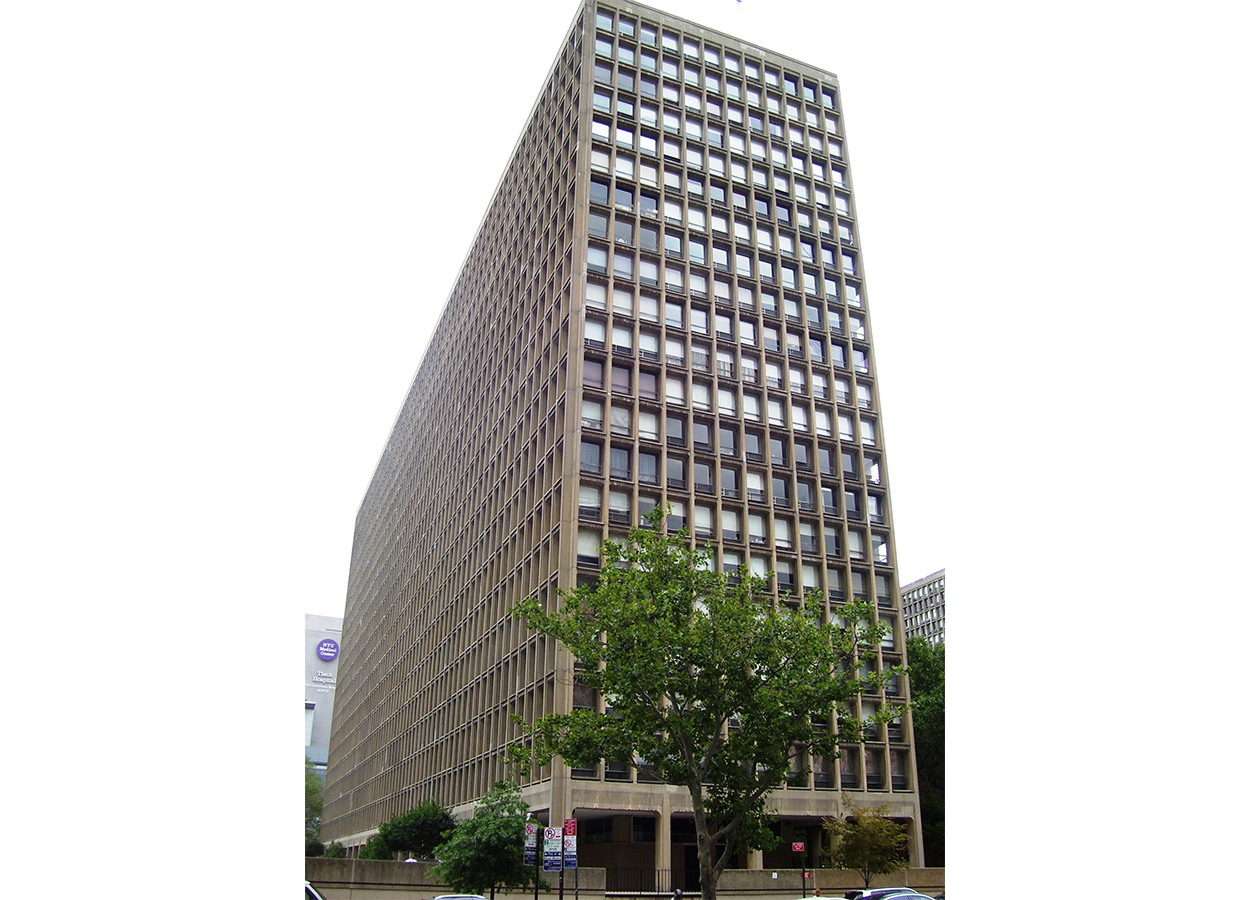
Kips Bay Towers (1965), New York City
“The towers are a great lesson in architecture for urban housing.”
—Peter Marino, principal, Peter Marino Architect
“It’s a beautiful modernist complex, built as a middle-income housing project. Compared to today’s high-end, shiny condominiums, they are so elegant.”
—Koray Duman, principal, Büro Koray Duman
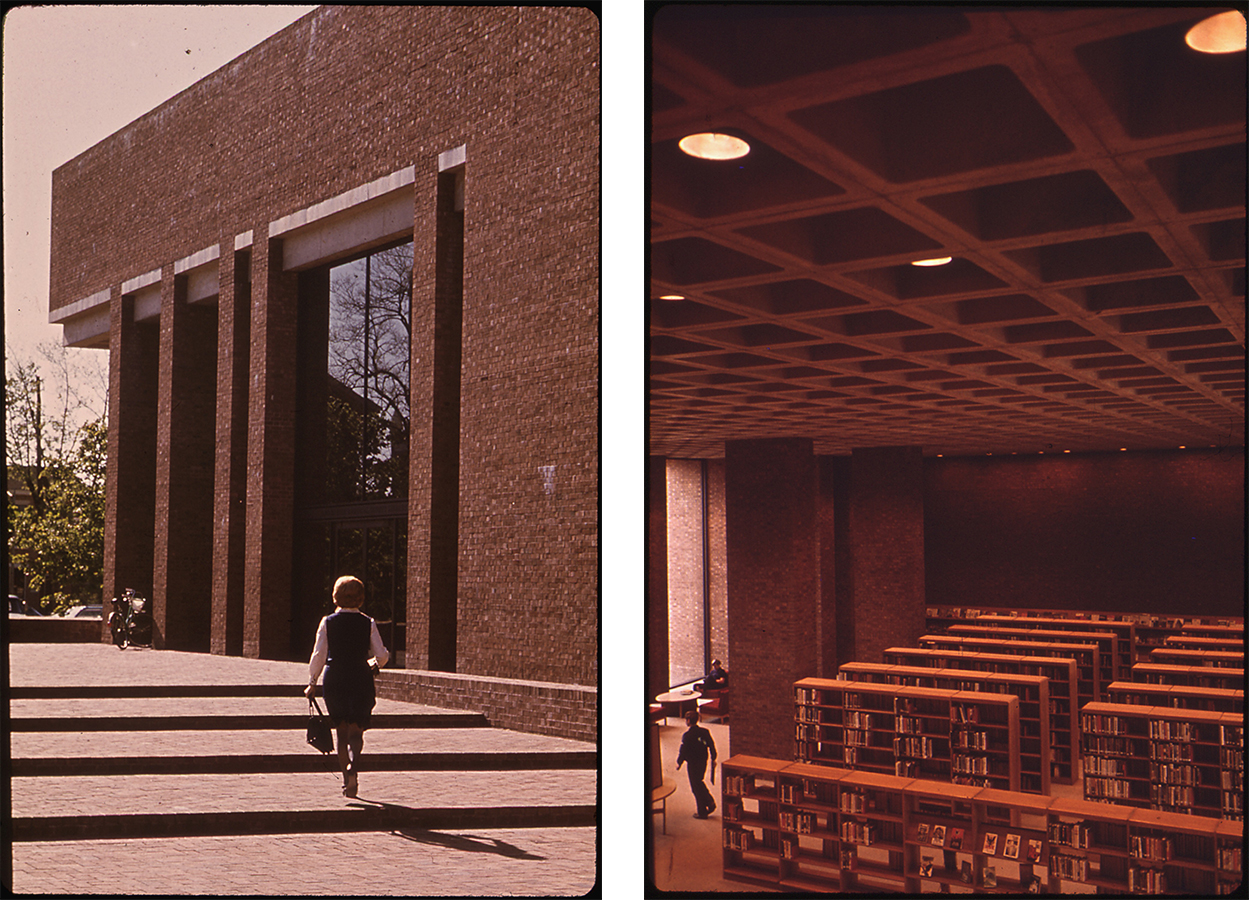
The Cleo Rogers Memorial Library (1969), Columbus, Indiana
“I have long admired how I. M. Pei was both a strident modernist and a brilliant contextualist at the same time. The library is a subtle statement, but the way it sits in a constant dialogue with the First Christian Church by Eliel Saarinen across the street always moves me.”
—Roger Duffy, partner, Skidmore, Owings & Merrill